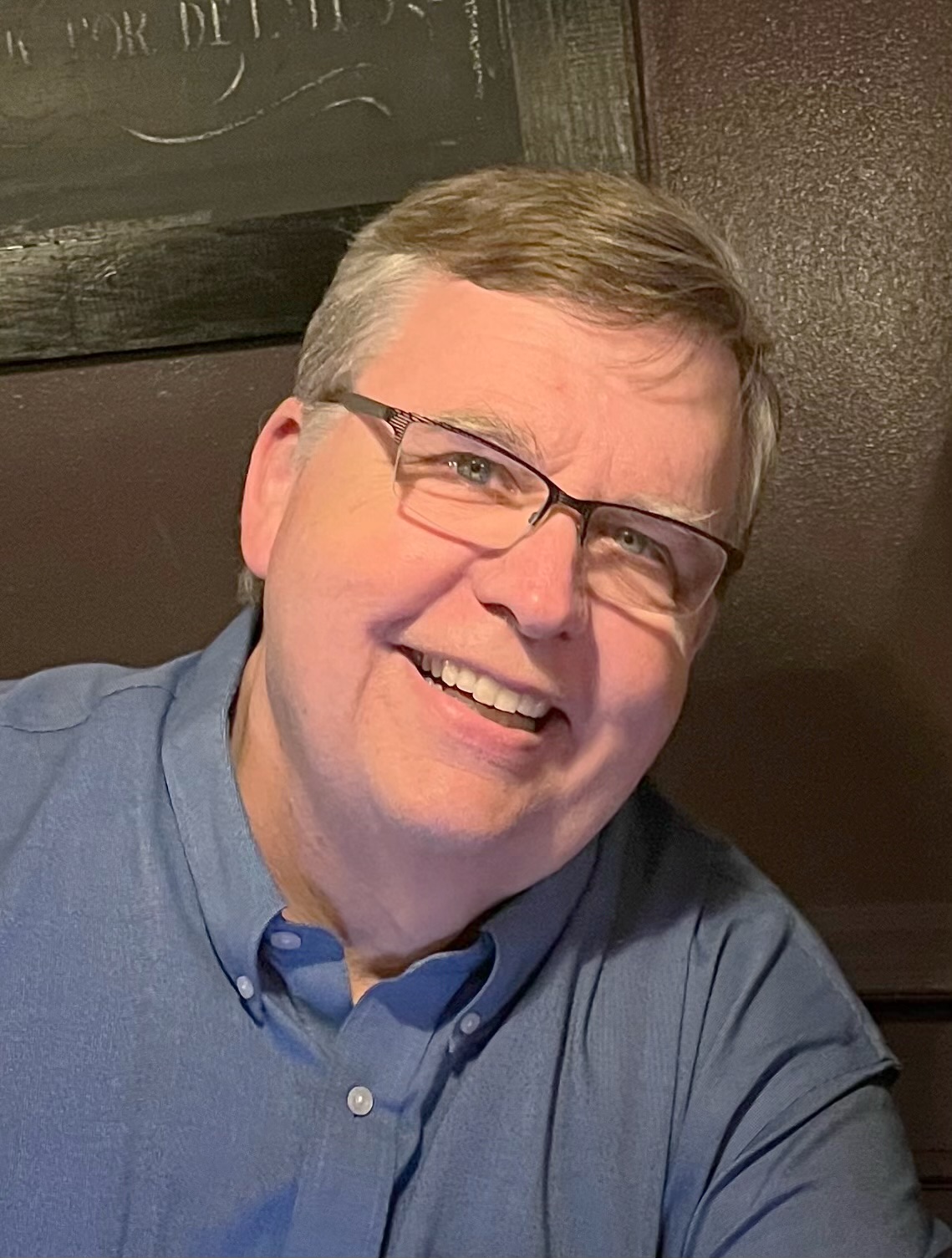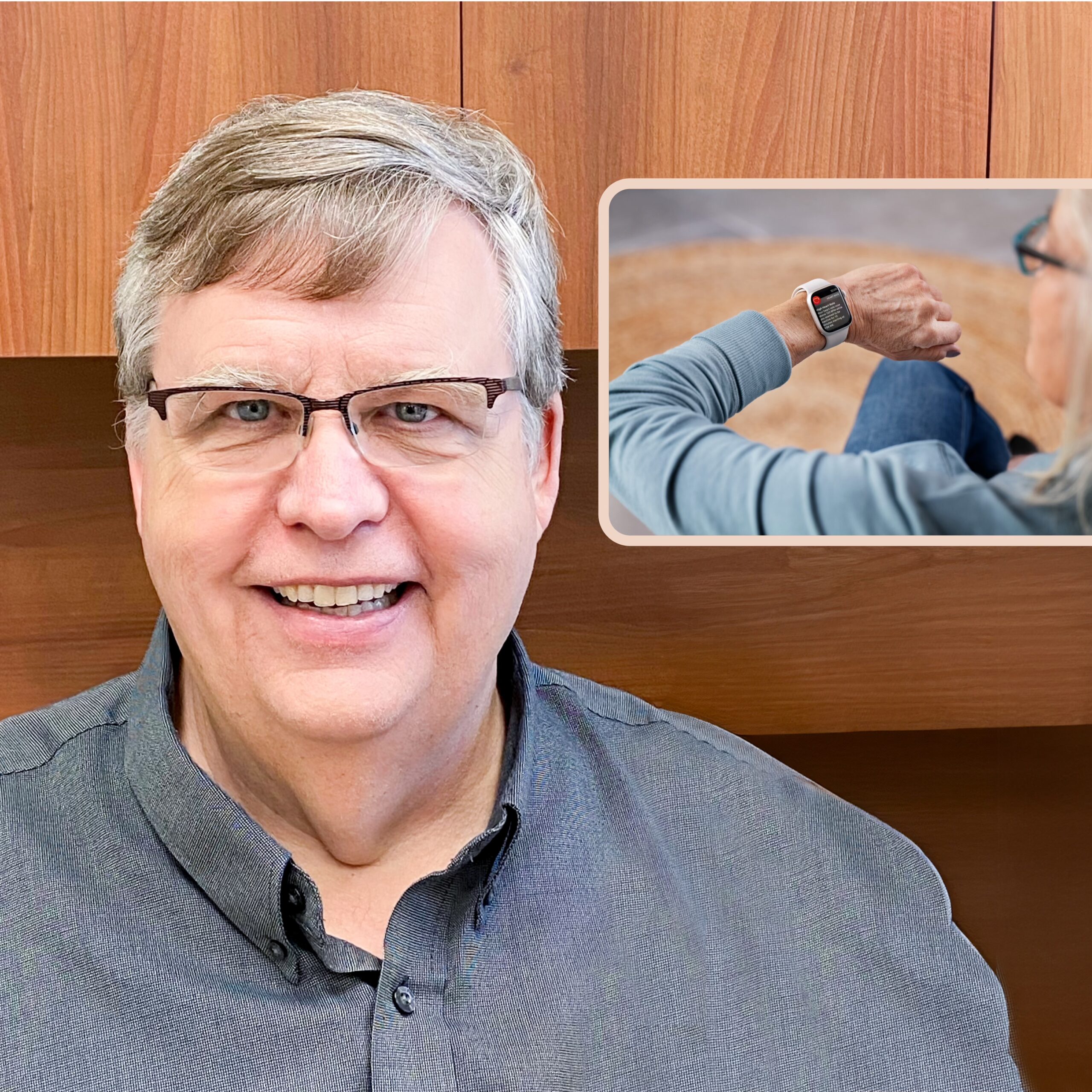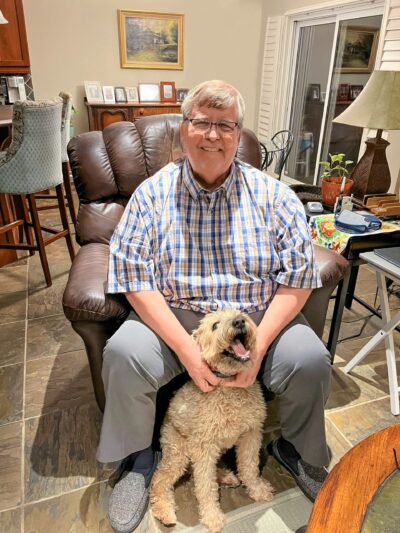It is estimated that consumers spend $62 Billion a year seeking anti-aging solutions. However, none of these quick fixes can turn back the hands of time.
The biological causes of aging — a.k.a. the “hallmarks of aging” — fall into two categories:
- general wear and tear on a cellular level,
- the body’s decreasing ability to remove old dysfunctional cells and proteins.
Hallmarks are things that go wrong during aging. According to Dame Linda Partridge, Professional Researcher at University College London, if we can reverse these hallmarks you stand to live longer and be healthier as you age.
To begin, wear and tear starts with our cells and genes. Sometimes errors occur when our cells divide. The good news is when we are young, our cells can repair these genetic mutations, but they become less efficient with age and mistakes add up.
When a cell replicates and its DNA is copied, the ends of its chromosomes get shorter. As we age, the shortening of chromosomes becomes problematic in stem cells; the body uses them to replenish skin, blood and other tissues. Stem cell depletion is a major contributor to some of the physical signs of aging: gray hair, thinner and then elastic skin.
A critical component of cell health is energy production. As we age, body becomes less efficient in creating energy.
According to Dr. Eric Verdin, the president of the Buck Institute for Research on Aging, “If you’re not creating enough energy, other cellular processes are not going to function properly.” This causes inflammation, an aspect of aging associated with chronic health conditions.
Regular exercise is the experts’ top recommendation for how to age well. And in my humble opinion, you don’t have to be extreme; just consistent.
By Peter Yurek, BScPhm








